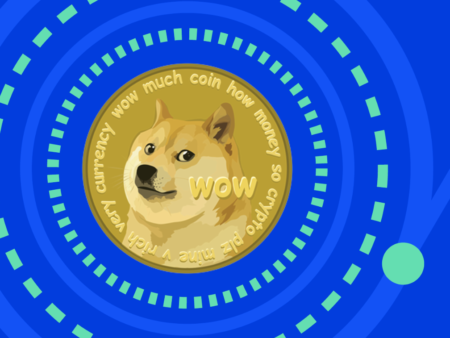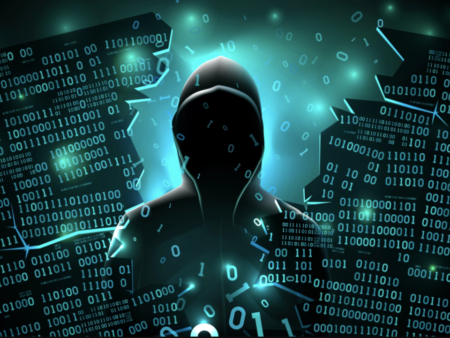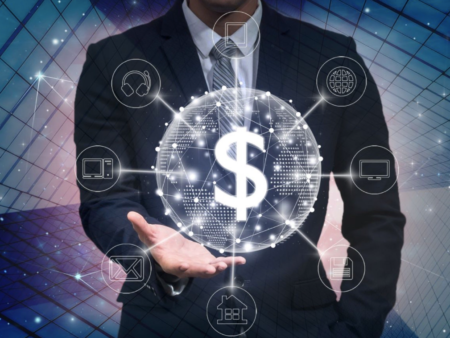Tokenization is the process of transforming and representing an asset with tangible or intangible value into digital tokens.
Tokenization offers a radically innovative way of managing assets.
The concept of tokenization predates blockchain, however blockchain technology added a higher layer of security because tokens are indexed to an immutable and auditable registry.
In itself, the word ‘tokenisation’ refers to converting an asset into a ‘token’, so to understand what tokenization is, it is first necessary to know what tokens are.
According to Joseph Lubin, co-founder of Ethereum and founder of ConsenSys, “a token is something that stands for something else”. Lubin explains that, for example, a person’s driver’s licence is a token that is indexed to a ledger maintained by the state that keeps track of who can drive.
A common misconception is that the concept of tokenization was born with blockchain technology, but the concept of tokenization predates blockchain.
The financial services industry has used tokenization as a strategy to protect sensitive customer data since around 1970; for example, sensitive credit card data such as the cardholder.
We can also see tokenization present in payment processing in applications such as Apple pay or other payment gateways that store a customer’s credit cards.
What blockchain technology did was to add a higher layer of security because the tokens are indexed to an immutable and auditable record.
In itself, tokenization on the Blockchain consists of digitising an asset or object and bringing all its information into a block on a given Blockchain.
Why use the blockchain for tokenisation?
The main reason is that the blockchain allows tokenization to be transparent. Every transaction made with the token is recorded in a public and immutable ledger, so no one can question or falsify the record.
Additionally, blockchain technology eliminates the need for intermediaries, which reduces costs and increases profitability.
In the following, whenever reference is made to ‘tokenization’ or ‘tokenisation’, it is in relation to blockchain technology.
What is a token in blockchain?
Essentially there are four main categories of tokens on the blockchain:
Security token: This is a particular investment, similar to acquiring a stake in companies, and as well as being a representation of an underlying asset or utility, they can also be programmable to provide certain ownership rights.
Utility tokens: These are typically used to access services, pay transaction fees on the blockchain, or even vote on the governance of the network.
Currency tokens: These are tokens that are specifically designed to be used for trading. In some cases they are based on underlying assets such as stablecoins.
Non-fungible tokens: Tokens whose underlying asset cannot be divided into fractions but which, when tokenized, allow for fractional ownership of all or part of it. These tokens are unique and cannot be exchanged with each other.
It is essential to bear in mind that the fact that a token is designed for a specific purpose does not mean that users will only use it for that specific purpose.
A token may fall into several of the categories described above, for example, utility tokens are not designed to be a speculative investment, and yet users may use them for that purpose.
Benefits of tokens
Offer greater liquidity for the market: This benefit applies both to tokens on the blockchain and off the blockchain, because once an asset has been tokenized, it can be made available to a wider audience allowing for increased liquidity. Tokenized assets can be designed to allow investors to make a payment for fractional ownership of the underlying asset.
Faster and cheaper transactions: Tokenization is very popular because it allows immediate satisfaction to be given to a user, especially in e-commerce, in fact, it is commonly used in social media, but, when done on the blockchain, intermediaries are eliminated and, therefore, transaction costs and time are also reduced.
Transparency: The tokens that inhabit the blockchain allow users to track their provenance and transaction history on the network. It is a verifiable and immutable system.
Democratising the asset: Because tokens allow fractional ownership, they give retail investors greater access to assets.
Last but not least, it reduces duplication of information.
Potential and challenges of tokenization
Tokenization goes beyond cryptocurrencies or even financial use. For example, Streemit, a social platform that allows users to write and interact, uses tokenization of user actions, such as writing an article.
Another clear example of tokenization is Brave Software who developed BAT, a utility token that is specifically designed to monetise users’ attention to web advertising.
In general, tokenization offers advantages for businesses. Some of these include:
- They reduce businesses’ reliance on intermediaries and, consequently, transaction times and costs.
- Loyalty tokens can be used by companies to incentivise users to use certain products.
- It enables the creation of new business and social models.
- The promise of this technology lies in the democratisation of access to digital assets.
- However, there are also some challenges that need to be addressed. Starting with the fact that blockchain technology is relatively new and, consequently, there is no regulation in place.
Along the same lines of lack of regulation, there are concerns about how the underlying assets of the token are managed, for example, if there is a token that represents the digital version of gold, there is not necessarily transparency as to how the gold is managed to back the token.
Final thoughts
Tokenization is the creation of a digital version of an asset or good, which can be tangible or intangible. To do this, smart contracts are used in conjunction with blockchain technology.
The main objective is to generate digital collateral in a simple, transparent and technologically secure way and given this, they have the potential to contribute to the future of modern business. The possibilities are almost endless.
Even so, there is still a long way to go in terms of regulation and, consequently, use cases.



